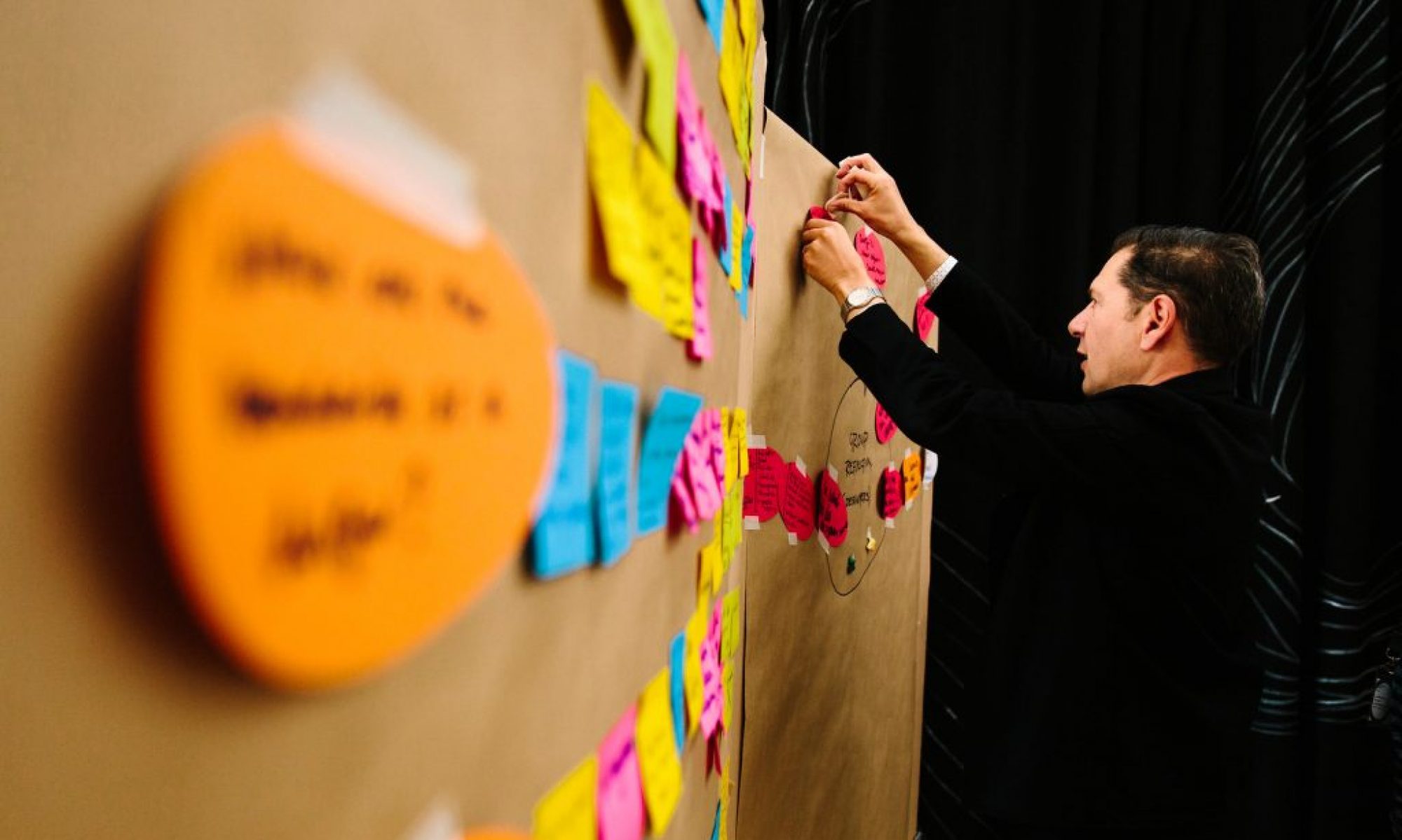Everything is in motion, everything is in a state of change – there hardly exists a discipline where these statements apply more aptly than to the discipline and profession of design. The history of Design and Art at the Lucerne University of Sciences and Arts demonstrates that people concerned with designing continuously find themselves challenged, even confined by disruptive technologies, economic pressures and changes in social attitudes, norms and behaviours.
However, design thinking and designerly action are not only working “under conditions”. They also contribute to changing them: Designers inquire into the environing conditions that frame current thought and action with the intent to allow for new forms of human interaction – never loosing focus of the overall aim to transform an existing situation into an improved one. Shifts in human values manifest themselves in changes to our design processes, methods, subjects and objects: what can be designed, what shall be designed, what might be designed is a matter of constant negotiations and explorations designers engage in. The history of Design & Art at the Lucerne University of Applied Sciences and Arts serves as evidence that the interplay of leadership, management, organization and society/community assumes a key role in the outcome.
New tasks for design in social and economic contexts
140 years on from the first educational effort at art and design in Lucerne, we find ourselves once again in a time of commotion and disruption. Nothing seems to be what it was and many things and situations can no longer remain as they are. And still, we face the same challenge every human generation has and had to cope with: how, can we build the foundation for necessary social change and and economic innovation and what can design contribute to these human challenges?
Herbert A. Simon, winner of the Noble Prize for his innovative research into decision-making processes in economic organisations confounded both professional designers and his fellow economists with his observation that “everyone is a designer who devices courses of action to transform an existing situation into an improved one” (Simon 1996 [1969]). Simon’s widened the concept of design and the designer and laid the foundation for a new kind of design understanding. His interpretation enables us to think of social innovation and societal changes as a design challenge where we seek to transform an existing situation into a preferred one.
Design theorist Richard Buchanan points to the relevance of design thinking and design doing to everyday life. According to him, there is no area of contemporary life where design – the plan, project or working hypothesis that constitutes the intention in intentional action – is not a significant factor in the formation of human experience» (Buchanan 1992). This implies that social innovation is always concerned with the re- and new formation of human experience and interaction and that both are central to it.
With that, design principles, design methods and design processes move to center stage, always in tow with innovative products and services. But what does it mean «when everybody designs» (Manzini 2015)? Where does design take place? Who engages in design activities, who is in charge of or who feels responsible for which “product” of design in society, industry and business? What kind of «design products» shape our everyday experience and how do they influence how people can engage and interact with each other?
Human-centered design for business, government and public administration
Increasingly, we are looking to the public sector for answers. It is here where managers and their staff continuously develop and device products and services intended to foster and enable desired social and societal changes. Yet, few working on these important issues are aware of the design implications of their work. Even fewer have received training in design methods that would allow for early identification and collaboration with potential users in the early stages of product and service development to ensure that they are relevant, usable and useful to them. At the same time, every public organization is measured by its ability to conceive of, develop and deliver useful, usable, sustainable – and for society as a whole – desirable products and services. It is the only way public organisations can fulfil their social and societal mandate.
If designers can contribute, then how and what? How can they be expected to tackle big issues like healthcare, an ageing society, digitalization, inclusion and integration? What kinds of skills and knowledge do they need to bring? What are the conditions organisations and management have to create in order for design-based approaches to their challenges? Do we need a new kind of design understanding and a different kind of design awareness? Or are we in need of a «design attitude» as described and explained by Kamil Michlewski (2015)? If so, how can we get there? What kinds of examples can we look to? And how does design research figure into this? What tasks can or should we assign design research in this context?
This symposium hosted and organized by the Competence Center for Design and Management explores the disruptions and commotions to see how they create new paths for design research and new areas of practice for design practitioners and design educators at the cross section of organization, management and society. Participants from industry and business will meet with members of public administration and management to discuss with design researchers the meaning and implications of a new design understanding. Over one and a half days, the event will shed light on where, when and how design already plays a role in todays private and public organisations and what design research and practice currently contributes to organizational change and social innovation and where it might in the future.

